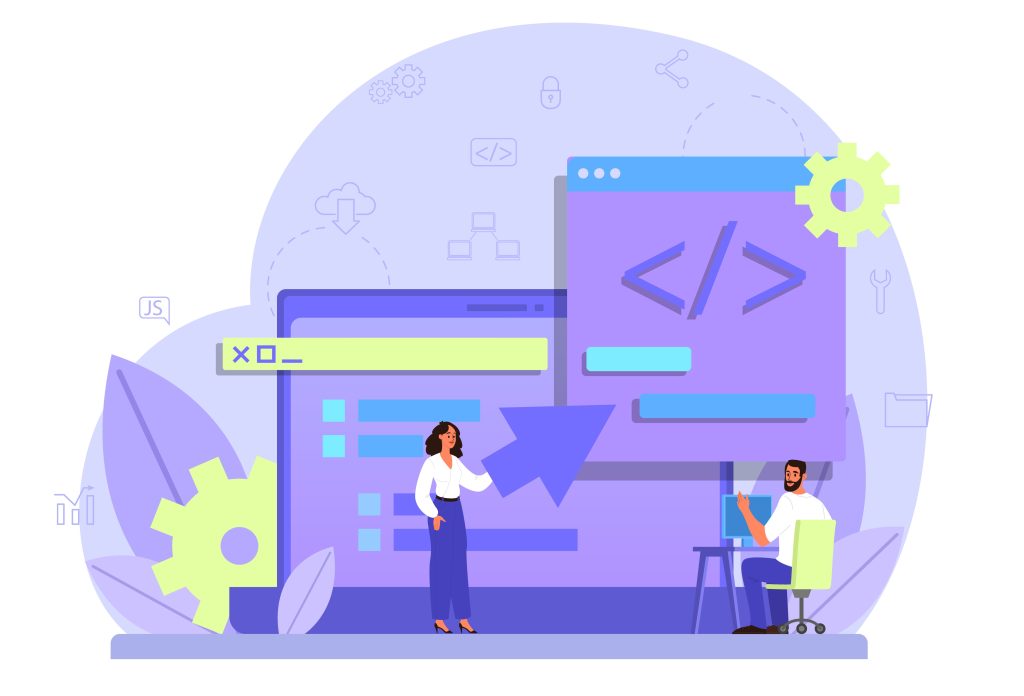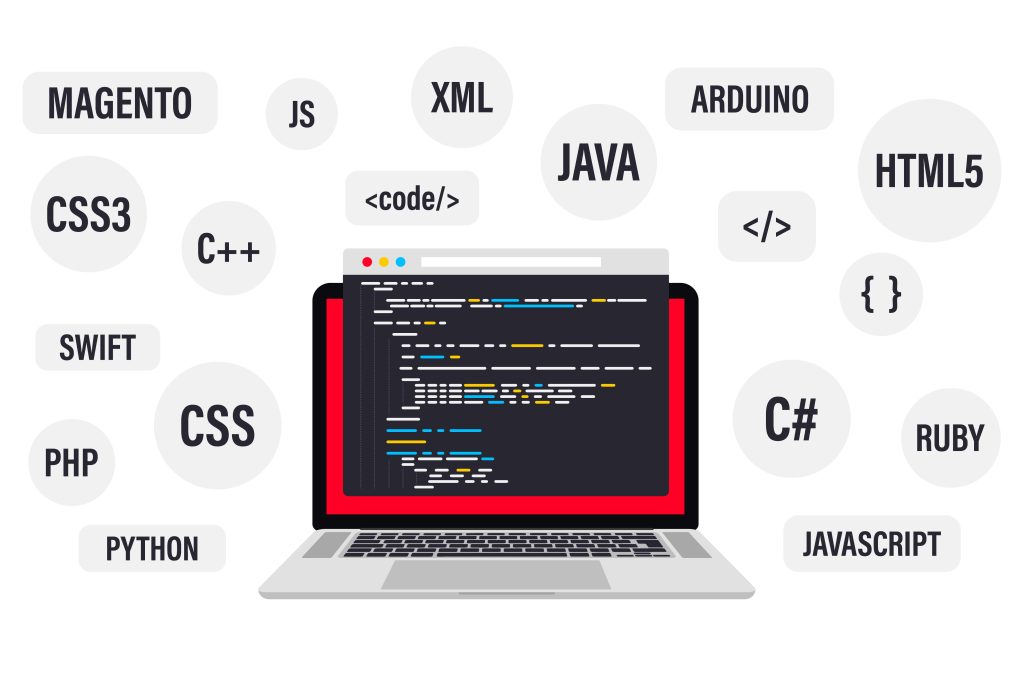What is Web Development?

Web development is the process of creating and maintaining websites; it is the labor done in the background to make a website look attractive, operate perfectly, and provide a pleasing user experience.
Programming languages called HTML (Hypertext Markup Language), JavaScript, and CSS (Cascading Style Sheets) are the fundamental tools used in web development. There are several more tools that are used to “manage” the process and make website design simpler that would otherwise need to be created “from scratch” by writing complex code.
These include WordPress, Joomla, Drupal, TYPO3, and Adobe Experience Manager, as well as several other content management systems (CMS). This job is done by web developers, also referred to as “devs”, who use a range of programming languages. The language they use depends on the tasks and the functionality of the platforms they are working on.
Globally, web development is a highly sought-after job and this makes it a fantastic career choice. Due to the lack of a usual requirement for a university degree, it is one of the simpler yet higher-paying occupations to begin. Front-end (user-facing side) and back-end are the two forms of web development that are frequently separated from one another (the server side).
Types of Web Development
- Front-end development
- Back-end development
- Full Stack development
- Website development
- Desktop development
- Mobile development
- Game development
- Embedded development
- Security development
In this blog, we will understand the key website development types.
Front-end Development

Front-end developers work on the user- or client-facing side of websites, applications, and software, or in other words, what users see. They work on the layout, navigation, graphics, visual components, and other aesthetics. The principal duty of these developers is to design user interfaces that facilitate users in accomplishing their goals, thereby frequently contributing to the user experience component of their projects.
Back-end Development

What takes place behind the scenes is managed by the backend developer. Since this is where the data is saved, there wouldn’t be a front end without it. The backend of the website comprises of a server that hosts the website, an application to operate it, and a database to store the data.
To make sure that the server, the application, and the database work seamlessly together, the backend developer uses computer programs. This type of developer is required to evaluate an organization’s requirements and provide efficient programming solutions. They utilize a variety of server-side languages, such as PHP, Ruby, Python, and Java, to execute these remarkable tasks.
Full Stack Development

Full-stack developers are proficient in both the front-end and back-end aspects of website development. They possess the capability to design and develop complete websites, applications, or software. The term “Stack” refers to the diverse technologies, including servers, interfaces, and other functionalities, that are utilized to manage various aspects of a website. The full-stack developer’s position is a high-demand job and needs years in the industry to accumulate the requisite experience. Their extensive comprehension facilitates the enhancement of performance, pre-emptive identification of issues, and assistance to team members in comprehending diverse aspects of a web service.
Process of Web Development
Here are the five brief yet crisp stages of web development.
Design
Now is the enjoyable part. Most likely, you’ll talk about the usage of color, usability, special features (such as E-commerce), graphics, movies, and general appearance. It’s always a good idea to carry a few samples of your favorite websites with you to conferences. Following the discussion, the creative team spends some time creating your concept in 2D.
Examine
When the group has had time to complete the design process. Time to demonstrate to the client. This is usually presented live in person and during this time, you can go over the design, colors, etc. There will likely be additional meetings because you’ll probably have some comments and modifications, you’d like the creative team to make.
Create
Now that the design has been accepted, the website needs to be sent to the developer. The developer starts developing the website on a production server so that you can browse it online without it being visible to the public. With the copywriter and other agency team members, you can utilize that time to decide on the voice, content, and images. Although it generally takes the longest, this phase is quite important.
Test
Upon completion of the coding process by the developer and finalization of all website content, it is imperative to conduct a thorough examination of the new website on the test server. Subsequently, a link to the website may be disseminated to relevant decision-makers and employees within the organization. Before the site is finished, there are typically a few adjustments that need to be done.
Launch
Finally, your new website is ready to go live! The developer will start the launch process as soon as you provide the go-ahead. This covers setting up hosting and pointing the domain. Propagation will also require some time and it is best to be patient during the process.
Conclusion
This blog gives a top-level view of web development, highlighting the roles of front-end and back-end developers, as well as Full-stack developers. It outlines the web improvement process in five tiers: design, study, create, test, and launch.
I hope this was helpful. Let us know what your thoughts on web development are. And what do you think is the difference between web development and web design? Let’s discuss in the comments section!
Unlock online success with our website development services. Our solutions are designed to elevate your brand, giving you a competitive edge in the digital world!
All images belong to their respective owners. Please email [email protected] if removal is required.



